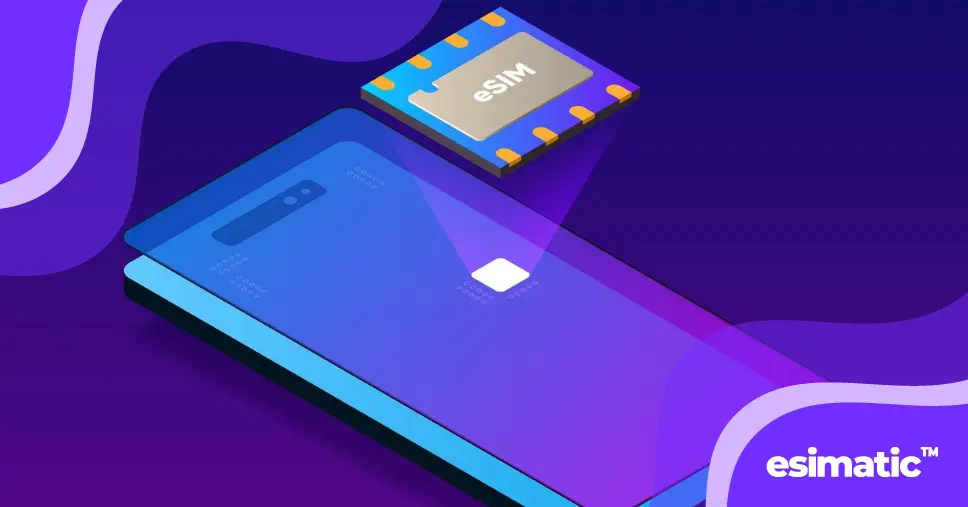As eSIMs become more popular, they’re changing the way we use our phones – ditching the old plastic SIM card for a sleek, digital upgrade. It’s a move that brings a lot of perks, like easier switching between carriers and no more fumbling with tiny trays. But with all that convenience comes one big question: Can eSIM be hacked?
While no tech is completely hack-proof, eSIMs are actually much more secure than traditional SIM cards. Still, it’s important to know the risks. In this guide, we’ll break down how eSIM hacking can happen, what to watch out for, and the simple steps you can take to keep your data safe.
